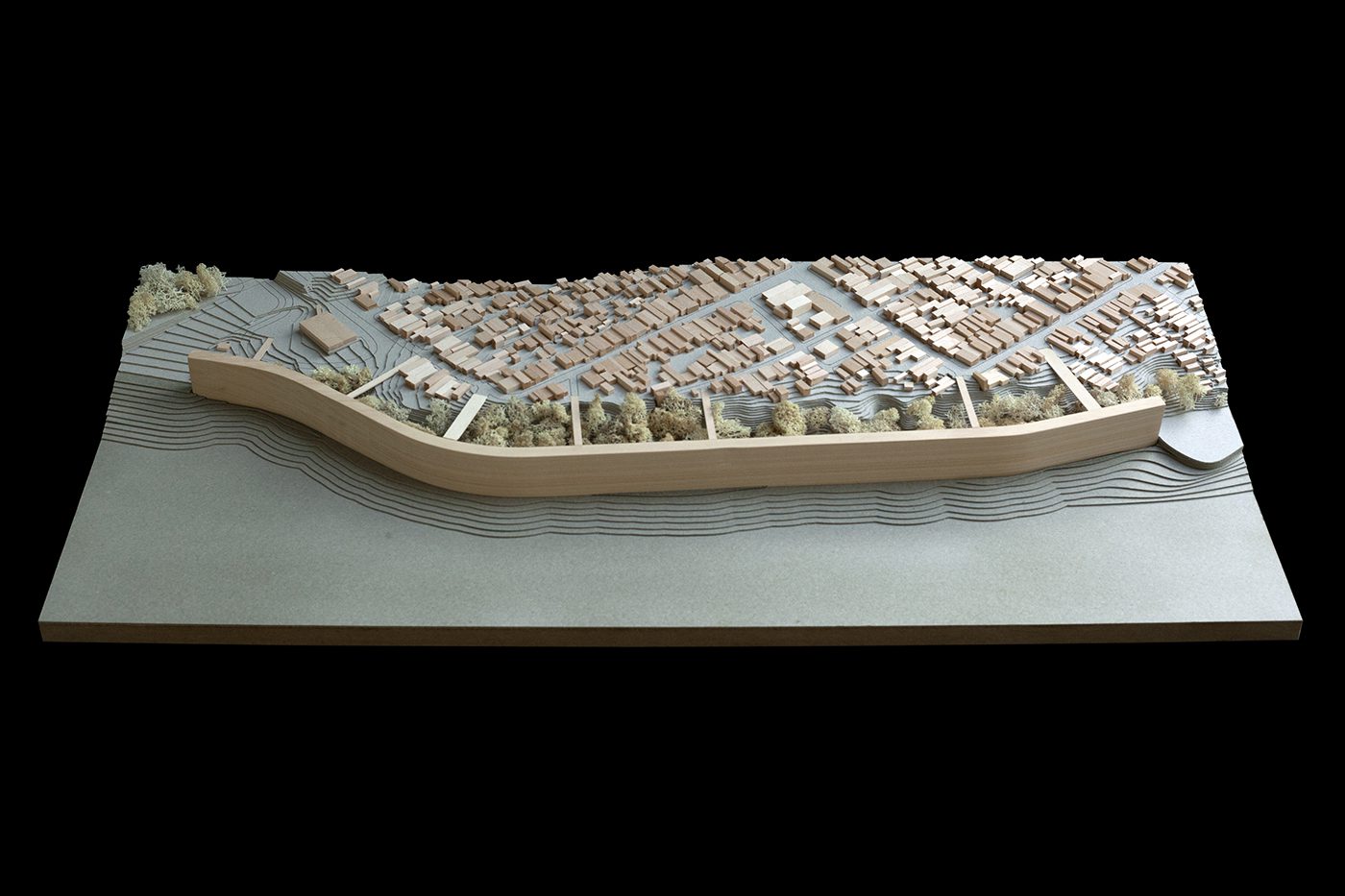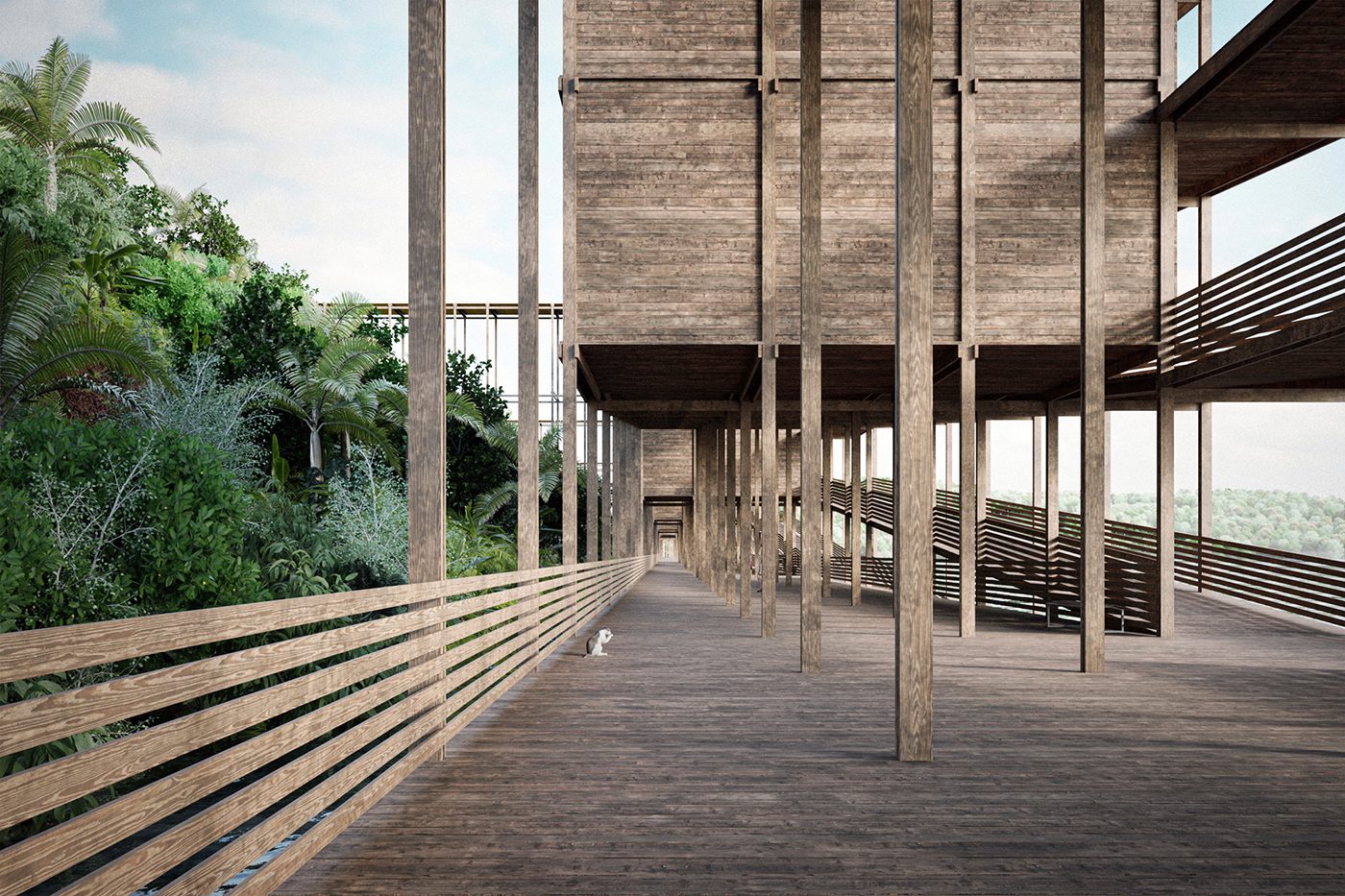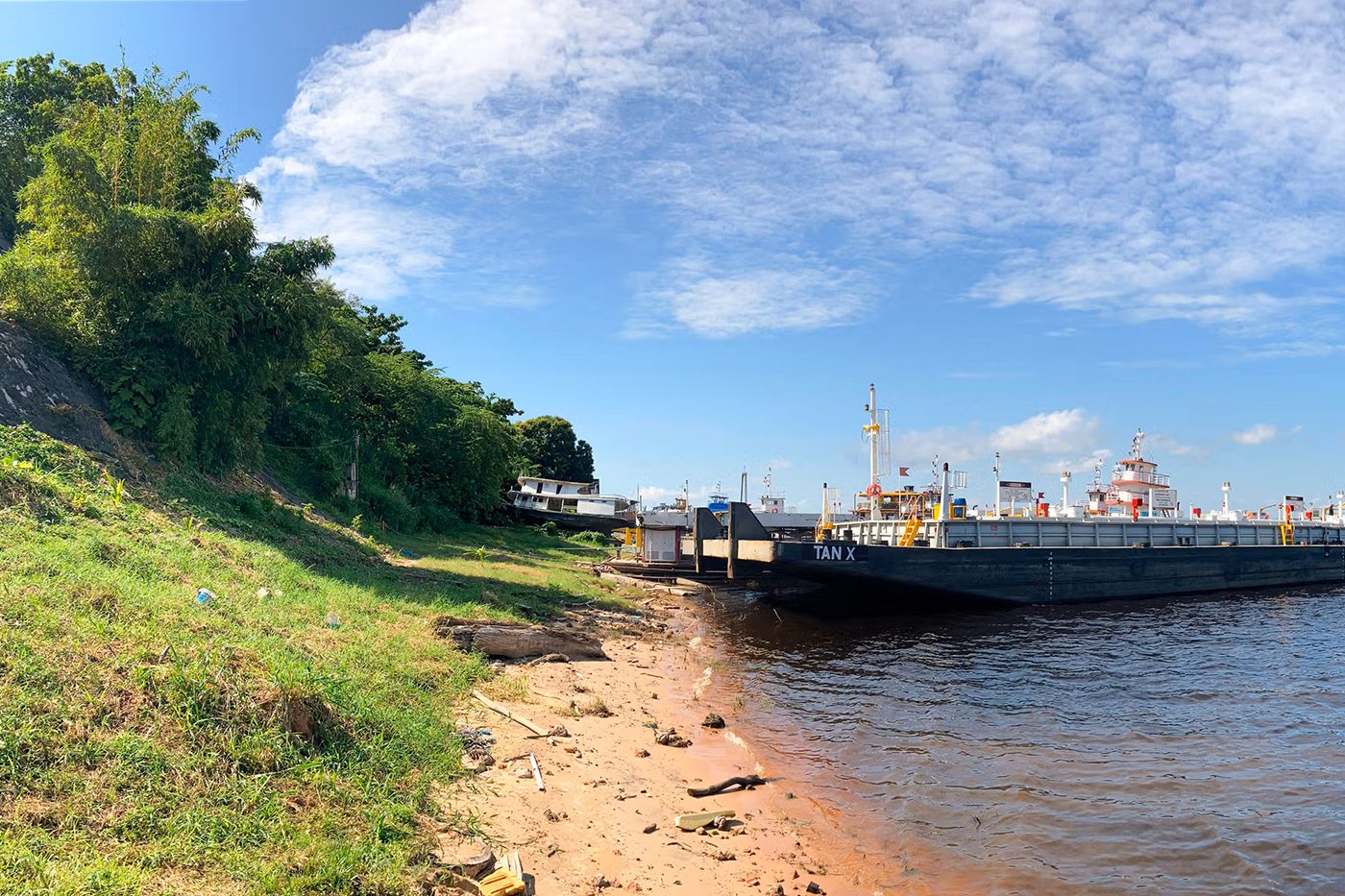Project implementation: Brazil, Switzerland
Project development: Brazil, Switzerland
Just a few kilometers from the confluence of the Rio Negro and the Amazon, Manaus was founded in 1669 and long remained a small town in the middle of the Amazon rainforest until, in the late 19th century, it received an extraordinary boost thanks to the hevea brasiliensis, or rubber tree. The indispensable role that rubber played in the Industrial Revolution, earning it the nickname "white gold," suddenly transformed this remote location into the prosperous and populous "Paris of the Tropics," one of the first Brazilian cities to receive electricity and home to the famous Amazonas Theater, whose construction condensed the finest craftsmanship and manufacturing excellence of the Old World. Today, having overcome the rubber fever, Manaus remains an important financial and cultural center of Brazil, boasting the largest river port in the Amazon river system and a thriving fishing port. This flourishing economy, which also benefits from a thriving tourism industry, has been threatened by the terrible drought that recently hit the Amazon region, as well as the severe phenomena of deforestation and fires.
WISH set out to investigate the delicate balance of this urban "island" in the middle of the Amazon and reflect—through collective housing design—on the possibilities of continuing to inhabit this extraordinary ecosystem in light of a renewed environmental sensitivity. Thanks to the exceptional contribution of NAMA (Núcleo Arquitetura Moderna na Amazônia), which has dedicated itself for years to understanding how contemporary architectural demands can be integrated into the complex and delicate Amazonian balance, fifteen project sites were identified—one for each student—helping us understand and address the thematic issues of living in the rainforest: we explored local construction techniques, understood the role of shade and connection to the ground in the Amazonian reality, reflected on the continuity between interior and exterior in relation to the specific climatic conditions of this place, and worked on the necessary "ductility" of architectural objects that must cope with a seasonal fluctuation in the water level of the Rio Negro, which can reach fourteen meters.




